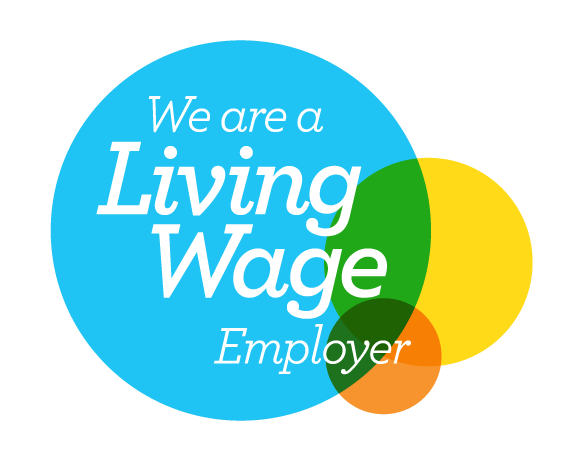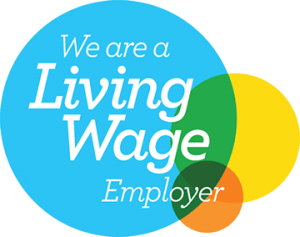SBTi’s New Net Zero Standard – implications for net zero pathways
The new SBTi framework prioritises decarbonisation before offsetting and provides a much-needed standardisation for net zero strategies.

To meet the Paris Agreement targets of limiting global temperatures to a 1.5°C increase from pre-industrial temperatures, it is vital that businesses halve their emissions by 2030 and achieve net zero emissions by mid-century. It has now become an expected minimum requirement for companies to commit to a net zero goal to collaboratively halt a dangerous climate breakdown. However, at present, these commitments vary greatly in their scopes, boundaries, and methods. Net zero is only possible if businesses adhere to a common definition and standardisation underpinned by the latest climate science.
The Science Based Target initiative (SBTi) has recently published their Net Zero Standard – the world’s first net zero framework that provides businesses with confidence and clarity around what is needed in terms of the science. The Standard defines net zero as:
- Reducing scope 1, 2, and 3 emissions to zero or to a residual level that is consistent with reaching net-zero emissions at the global or sector level in eligible 1.5°C-aligned pathways
- Neutralizing any residual emissions at the net-zero target year and any GHG emissions released into the atmosphere thereafter
The framework has introduced four important concepts to ensure companies plan and execute their strategies in line with a 1.5°C warming scenario:
Near-term science-based targets (SBTs):
This is what most companies previously referred to as their “science-based targets”. These targets have been shortened from 15 to 5-10 years and are crucial for rapidly cutting greenhouse gas (GHG) emissions and flattening the reduction curve. When businesses reach their near-term SBT, they must calculate new ones to act as milestones on their way to the long-term SBT.
Long-term SBTs:
Long-term targets are essential to guarantee emission reductions across a company’s entire value chain and to achieve net zero at a global or sector level in 1.5°C pathways by or before 2050. Companies cannot claim to be net zero before reaching their verified long-term SBT, and most will need to reduce their GHG emissions by 90-95% across all scopes to achieve this.
Neutralisation of residual emissions:
Once businesses reduce their emissions to a residual level, they should neutralise the remainder using technological methods such as direct air capture or nature-based methods like reforestation.
Beyond value chain mitigation:
Drastic decarbonisation should be the number one priority for businesses, but alongside this, investment in activities and technologies that reduce or remove GHGs from the atmosphere can accelerate the net zero transition. It is important to remember that this should be done not instead of, but in addition to decarbonisation. Focusing on and expanding large-scale emission removal technologies in the place of reducing value chain emissions could have potentially adverse effects on the environment.

1. To set near-term SBTs
5-10 year emission reduction targets in line with 1.5°C pathways.
2. To set long-term SBTs
Target to reduce emissions to a residual level in line with 1.5°C scenarios by no later than 2050.
3. Beyond the chain mitigation
In the transition to net-zero, companies should take action to mitigate emissions beyond their value chains. For example, purchasing high-quality, jurisdictional REDD+ credits or investing in direct air capture (DAC) and geologic storage.
4. Neutralisation of residual emissions
GHGs released into the atmosphere when the company has achieved their long-term SBT must be counterbalanced through the permanent removal and storage of carbon from the atmosphere.
Key elements of the Net Zero Standard sourced from The Net Zero Standard.
The SBTi’s new Net Zero Standard builds on its previous corporate sustainability work validating carbon reduction targets aligned with climate science and 1.5°C pathways. So far, science-based targets have been highly effective. Companies with validated SBTs cut their emissions by 25% between 2015 and 2020, compared to a global increase of 3.4%.
Setting clear, science-based targets is the first step, but following them up with strategies and actions is the only way to stay on track for a zero-carbon future. The Optimised Group specialises in energy efficiency and carbon emission reduction, and our new Optimised Net Zero service supports companies in every aspect of their net zero journey. This includes strategy workshops; carbon accounting (scope 1, 2 &3); target setting; data management and GHG emissions reporting; and helping to create and implement net zero transition plans. For more information on how our team of experts can help you stay on track for net zero, please visit our Net Zero page.

ARE YOU ON YOUR JOURNEY TO NET ZERO?
We have developed a simple, 5-point net zero transition plan, to help businesses implement a credible, while cost-effective, net zero strategy.
SBTi blog - Net Zero 5 Stage
BOOK YOUR 30-MINUTE ENERGY MANAGEMENT CONSULTATION
Fill in your details below to arrange a complimentary consultation with one of our experts. They will give you bespoke advice to help your business achieve all its energy needs, reducing cost, consumption and carbon.









